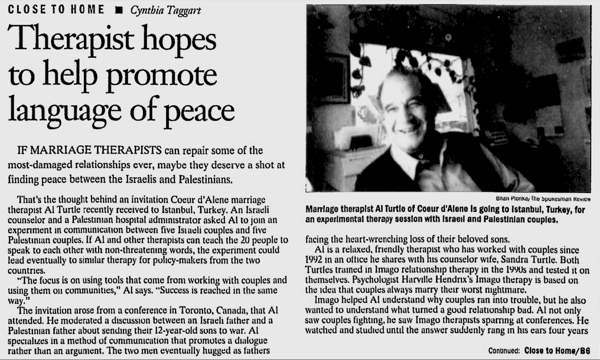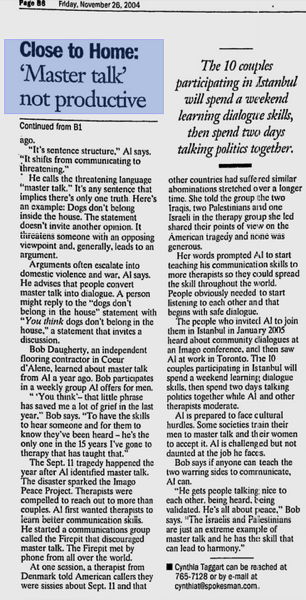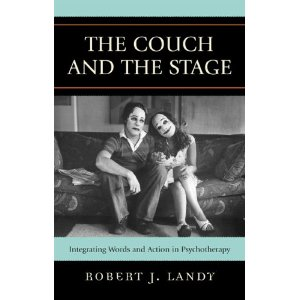My posting about skeuomorphism in the last post, and earlier this year, is not just because I’m an Apple user (I won’t say fan). It iOS because it is related to my long interest in metaphor. (You can see all my posts with this tag by clicking the Metaphor tag at the bottom of this post).
What I liked about the article in the previous post is that it makes a distinction between skeuomorphism that assists usability, when it assisted in the early days. and now when it might even obscure things.
The the tricky thing that a purist would face if they were to avoid skeuomorphism altogether is that it is impossible. Online it is ALL metaphor, all abstraction.
Buttons
Folders
Views
Posts
Commands
Pages
Desktops
There is very little if anything that is native to the digital world. Digits, for example.
This principle applies even to abstractions in ordinary language:
Root
Tree
Sea
These words can all go well beyond their literal meaning.
This is of interest as it has deep implications for psychological work.
The psyche, like cyberspace is immaterial and we use metaphors from the material world to talk about the invisible
What touched you?
have a heart.
The psyche is not the body. We use metaphase from the body to describe it.
The current wave of bring research is fascinating but it is not related to the psyche, there is a huge category mistake being foisted upon the psychotherapy world.
The question is of interest too in relation to creativity
We use brushes in digital art programs, and they can use watercolour or oils. Where is the native digital form? (there are some!) Light is used to create ‘depth’ backup creating fake shadows. The glossy icons apple uses are created using fake shine. (Will Jony Ives remove that?)
While we have electronic music it is mostly through skeuomorphic instruments that we create it.
Always, no sometimes, think it’s me, but you know I know when it’s a dream.
I think I know I mean a ‘Yes’ but it’s all wrong, that is I think I disagree.
Let me take you down, ‘cos I’m going to Strawberry Fields.
Nothing is real and nothing to get hungabout.
Strawberry Fields forever.
Strawberry Fields forever.




